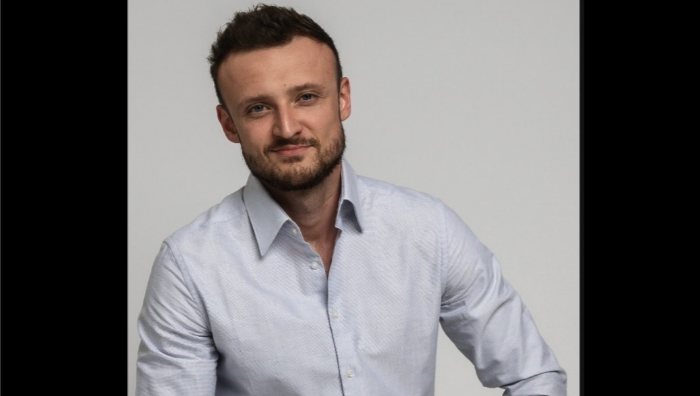In this interview with Boluwatife Omotayo of BusinessDay, Ilya Gusakov, senior director, EMEA, inDrive talks about the future of mobility and what inDrive is doing to make a difference in the market.
What do you think the future of mobility looks like in the EMEA region, and how is inDrive preparing for these changes?
The future of mobility in the EMEA region will be shaped by rapid urbanization, evolving consumer expectations, and the need for more sustainable and equitable transport solutions. As cities grow and infrastructure adapts, we foresee a shift towards multimodal transport and a stronger push for affordability and fairness in ride-hailing.
We are preparing for these changes by expanding our people-driven model, which allows passengers and drivers to negotiate fares directly—giving them more flexibility in an increasingly cost-conscious market. We are also introducing innovative safety features, exploring partnerships for electric mobility, and investing in new services, such as freight and courier, to create a well-rounded mobility ecosystem.
How does inDrive differentiate itself from global ride-hailing giants like Uber and Bolt?
Unlike traditional ride-hailing platforms that rely on fixed pricing algorithms, inDrive operates on a peer-to-peer fare negotiation model. This empowers both riders and drivers to set and agree on fares, ensuring transparency and fairness.
Additionally, while most platforms take high commissions from drivers, inDrive operates with one of the lowest commission models in most markets. This allows drivers to earn more while keeping fares competitive. Our people-first mission—which actively challenges injustice in mobility—further differentiates us from competitors focused primarily on profit-driven algorithms.
What challenges and opportunities do you see for inDrive in highly competitive markets like Africa and the Middle East?
One of the biggest challenges in these markets is regulatory uncertainty—many governments are still formulating policies for ride-hailing. Additionally, economic instability in certain regions, including high fuel costs and inflation, affects driver earnings and passenger affordability.
However, these markets also present immense opportunities. Africa and the Middle East have high demand for affordable mobility solutions, growing digital adoption, and a rapidly expanding urban population. Our fair pricing model and low commission structure give us a unique edge in regions where drivers need higher earnings, and passengers seek more affordable options.
Read also: 6 Reasons Why inDrive is Changing the Ride-Hailing Game
How does inDrive leverage technology and data analytics to improve user experience and safety?
Technology is at the core of inDrive’s operations. We use data analytics to optimize route efficiency, detect fraud, and enhance user experience. For example, we analyze trip patterns to identify peak hours and improve the balance of supply and demand.
On the safety front, inDrive has developed AI-powered security features, such as real-time trip tracking, driver and passenger verification, and emergency alert systems. We also use predictive analytics to identify high-risk areas, enabling us to introduce targeted safety measures and work with local authorities to improve security for both riders and drivers.
What are inDrive’s expansion plans for the EMEA region? Are there any specific countries or cities you’re focusing on?
inDrive is rapidly expanding across the EMEA region, with a strong focus on Africa and the Middle East. We are continuously launching in new cities and enhancing our services in existing markets.
Recently, we have expanded in Zimbabwe and Zambia, and we are exploring further growth in North Africa and the Gulf region. Our expansion strategy prioritizes markets where drivers and passengers benefit most from our fair pricing model—especially in countries where traditional ride-hailing platforms charge high commissions.
How does inDrive navigate regulatory challenges in different markets, and what strategies have been most effective?
Navigating regulatory challenges requires a proactive, collaborative approach. inDrive engages with local governments, transport authorities, and industry stakeholders to help shape fair and sustainable ride-hailing regulations.
One of our most effective strategies has been showcasing the benefits of our model to policymakers—highlighting how lower commissions improve driver earnings and flexible pricing benefits passengers. We also work closely with lawmakers in markets like Botswana to develop balanced regulatory frameworks that protect both drivers and passengers while fostering innovation in the industry.

